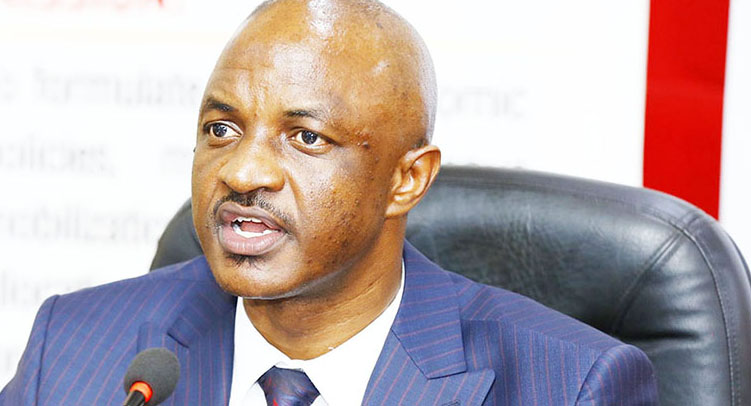Kampala: Uganda’s economy has demonstrated remarkable resilience despite facing multiple successive shocks. According to the 23rd edition of the Uganda Economic Update released by the World Bank on June 27; real GDP growth accelerated from 5.3 percent in FY22/23 to an estimated 6 percent in FY23/24. This growth has been driven by various sectors, with significant contributions from oil-related construction activities and the mining and quarrying sectors. Sustained increases in gold prices and improvements in the domestic environment for artisanal mining have further bolstered these sectors.
“Despite the challenges, Uganda’s economy has shown a commendable level of resilience,” said a World Bank representative. “The growth in mining and oil-related activities has been particularly noteworthy.”
While the real estate sector continued to perform well, economic activity slowed during the second and third quarters. Agricultural output remained volatile due to rising input costs, droughts in some regions, and heavy rains in others. Nonetheless, low inflation and the recovery of real income and employment have bolstered consumption. Private investment remained resilient, resulting in increased exports and manufacturing orders between August 2023 and May 2024. Per capita income reached approximately US$980 in FY22/23, pushing Uganda closer to the lower-middle-income threshold.
However, challenges remain, the report noted. The external current-account balance has remained broadly unchanged, but foreign exchange reserves have deteriorated. Rising portfolio outflows have increased depreciation pressure on the Ugandan shilling. “The reversal of portfolio flows and deteriorating investor sentiments have put significant pressure on the Ugandan shilling,” the report noted. By February 2024, reserves had fallen to 3.3 months of import coverage.
The central bank’s efforts to stabilize the exchange rate by decreasing shilling liquidity and tightening monetary policy have helped, but the shilling still depreciated at an annualized rate of 9 percent in real terms between October 2023 and January 2024. “This depreciation, while challenging, should bolster export competitiveness,” the report added.
Inflation has been a mixed bag. Food price inflation turned negative in the second half of the year amid improving supply conditions. Still, rising global oil prices pushed the annual inflation rate for energy, fuel, and utilities to an average of 7.7 percent between January and April 2024. Deprecation accelerated in February, prompting the central bank to raise the main policy rate by a total of 75 basis points between March and April 2024. “Higher policy interest rates, coupled with substantial public sector financing needs, have pushed up real lending rates,” explained the report.
Rising real interest rates have weighed on the modest recovery of credit in the private sector. The share of net credit to the government in total credit rebounded to over 70 percent during the third quarter of FY23/24. “Increased credit to the government has crowded out credit to the private sector, slowing its growth rate,” the report highlighted.
Revenue shortfalls and unplanned spending through supplementary budgets threaten fiscal consolidation. Government revenue fell about 12 percent below the target between August 2023 and April 2024. “Weaknesses in tax administration and lower-than-expected revenue from international trade taxes have eroded domestic tax collection,” noted the World Bank.
Despite these challenges, the fiscal deficit fell to 4.3 percent of GDP during the first half of FY23/24, slightly below the target of 4.6 percent. However, a supplementary budget of USh 4.6 trillion will push the overall fiscal deficit for FY23/24 above 4.5 percent of GDP, exceeding the planned 3.5 percent. “Additional spending may also increase the debt stock well beyond the estimated 49.9 percent of GDP recorded in December 2023,” warned the report.
Low levels of social spending undermine service delivery. The education, health, and social protection sectors accounted for 14 percent of total government spending in the first half of FY23/24. “These levels of social spending are insufficient to meet the needs of Uganda’s rapidly growing population,” the report emphasized. Budget adjustments will be necessary to foster sustainable and inclusive development.
In conclusion, while Uganda’s economy has shown resilience and significant growth, several challenges remain. Addressing these issues through effective fiscal policies and increased investment in human capital will be crucial for sustaining long-term economic growth and development.

